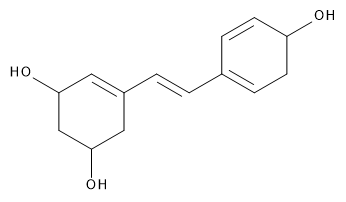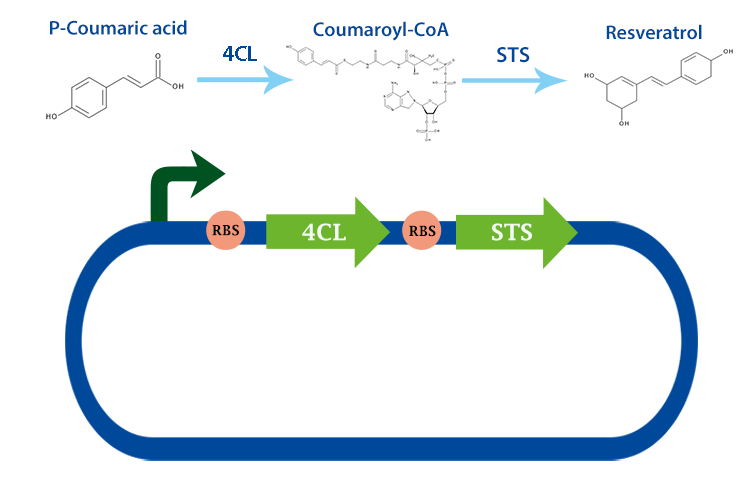Methods
| Line 157: | Line 157: | ||
</div> | </div> | ||
| + | <h1>Results</h1> | ||
| + | <h3>Biobrick</h3> | ||
| + | We succeded in the cloning and sequencing of our two biobricks, 4-Coumarate ligase from | ||
| + | arabidophsis thaliana and Stilbene synthase from vitis vinifiera with the RBS B0034 that should work | ||
| + | in various organisms, lactobacillus and e-coli. Sequencing was done at GATC biotech and Uppsala | ||
| + | Genome center using sanger sequencing. <br><br> | ||
| + | We also succeded in the making of our operon containing 4Cl and STS together.<br><br> | ||
| + | |||
| + | <a href="">BBa_K1033001:</a> 4-Coumarate ligase with rbs <- länk biobrick<br><br> | ||
| + | |||
| + | <a href="">BBa_K1033002:</a>Stilbene synthase with rbs <- länk biobrick<br><br> | ||
| + | |||
| + | <a href="">BBa_K1033003:</a> 4Cl-STS both with rbs <- länk biobrick<br><br> | ||
| + | |||
| + | <h3>Western blot</h3> | ||
| + | We also succeeded in expressing the enzyme stilbene synthase in e-coli. Altough our expression of the protein was very weak, and due to time constraints we were not able to optimize our experiment. <br><br> | ||
| + | |||
| + | To enable the detection of this protein by anti-his antibodies, 6-histidine tags was incorporated in the sequence. This way we could detect our enzyme with anti-his antibodies. We expressed our protein with a multipromotor working in both lactobacillus and e-coli. This way, we can easily transfer stilbene synthase to lactobacillus later on. <br><br> | ||
| + | |||
| + | The size of our protein was calculated using ProtParam [5], 43 kDA.<br><br> | ||
| + | |||
| + | RESULTS TO COME<br><br> | ||
| + | |||
| + | <h3>HPLC</h3> | ||
| + | We tested our biobrick 4Cl-STS on hplc, by adding p-coumaric acid as a precursor. Unfortunatly, | ||
| + | we could not see any clear results and theorize that it is because of our weak expression of the STS | ||
| + | enzyme. Due to time constraint we could not optimize our expression systems.<br><br> | ||
</div> <!-- main_ontent ends --> | </div> <!-- main_ontent ends --> | ||

|
In our search for substances to put in our yoghurt we looked around in articles for molecules with good health effects. From the start we found resveratrol to stand out as a well-studied substance with some huge potential benefits. We mainly consume it via red wine and it is perhaps the main reason for why wine is considered good for your health in reasonable amounts. |
 |

[1]Sinclair, D. A & Baur, Y, A. Therapeutic potential of resveratrol:
the in vivo evidence. Nature 506 | JUNE 2006 | VOLUME 5
[2] Baur, Y, A. et al. Resveratrol improves health and survival
of mice on a high-calorie diet. Nature Vol 444| 16 November 2006
